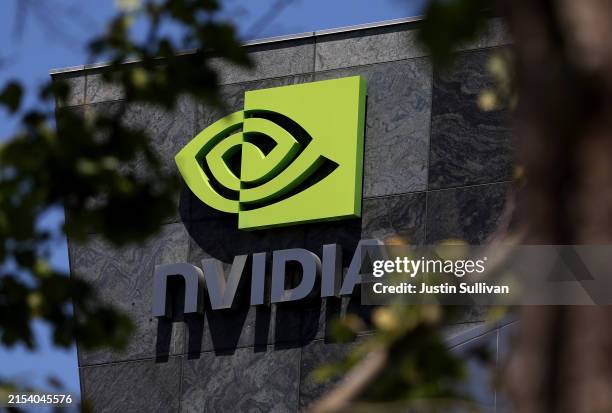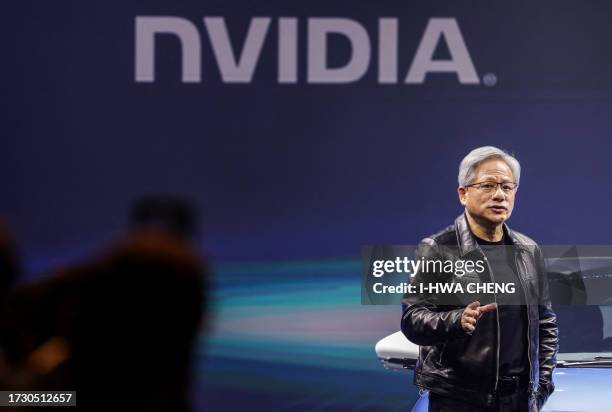
At CES 2025, NVIDIA introduced new products and concepts that it has in gaming, artificial intelligence, and robotics. Some of the notable points discussed were bringing GeForce NOW to new devices, developing a powerful AI super chip, and the GeForce RTX 50 series, cementing its authority in both technology and gaming.
GeForce NOW Comes to New Devices
NVIDIA is releasing a GeForce NOW app optimized for Steam Deck and browser versions for Meta Quest 3 and Apple Vision Pro MR headsets. The Steam Deck had GeForce NOW support via Chrome before, but the new app will provide better performance, delivering 4K with HDR output to connected TVs.
For VR/mixed reality headset subscribers, the browser version will be out later this month, along with the 2.0.70 version.Compatible devices include Apple Vision Pro, Meta Quest 3, and ByteDance’s Pico headsets. Users will gain access to NVIDIA’s extensive library of over 2,100 titles, including the upcoming Avowed and DOOM: The Dark Ages.
Breakthrough Gaming Hardware
NVIDIA released its latest top-of-the-line graphics card, the GeForce RTX 5090, which sells for $1999. This card offers gamers the ultimate GeForce gaming performance, with a staggering twice the performance of the last generation RTX 4090. The RTX 5070 also demonstrates comparable gaming performance to the RTX 4090 with the introduction of AI-supplied, absorbing DLSS for NVIDIA.
It is considered that at the biggest annual Artificial Intelligence conference, NVIDIA officially introduced a smaller version of its elite GB200—GB10 AI super chip. An initial version of the GB10 is planned for release in NVIDIA’s Project DIGITS system, which will provide 128 GB of unified memory and 4 TB of storage for desktop systems. This AI computing desktop will be rolled out in May of 2025.
AI: Robotics and Auto-Mobile Transportation
With the help of this new platform, Cosmos, NVIDIA intends to simplify the physical creation of artificial intelligence machines such as robots and autonomous automobiles. By adopting world foundation models (WFMs), the platform allows the testing of real-life problems virtually.
Likewise, NVIDIA’s Isaac GROOT Blueprint software will let developers teach humanoid robots using Apple Vision Pro. Current cases of automotive applications using their technologies are Toyota, Continental, and Aurora, making autonomous driving technology popular for automobile firms.



